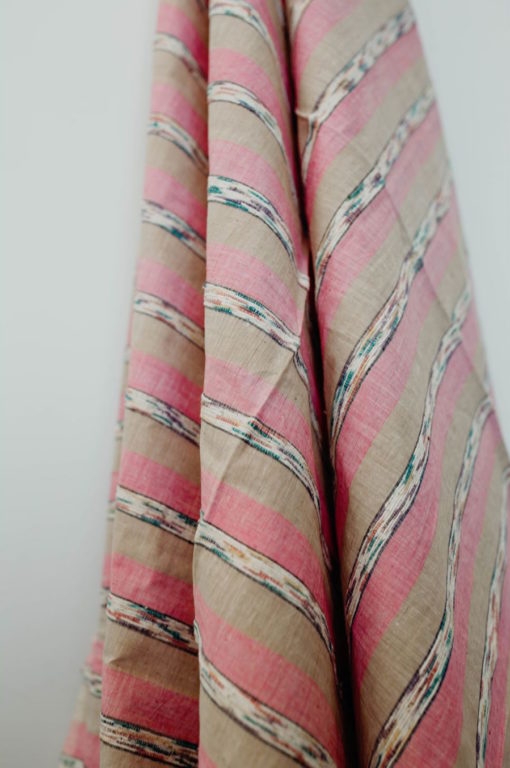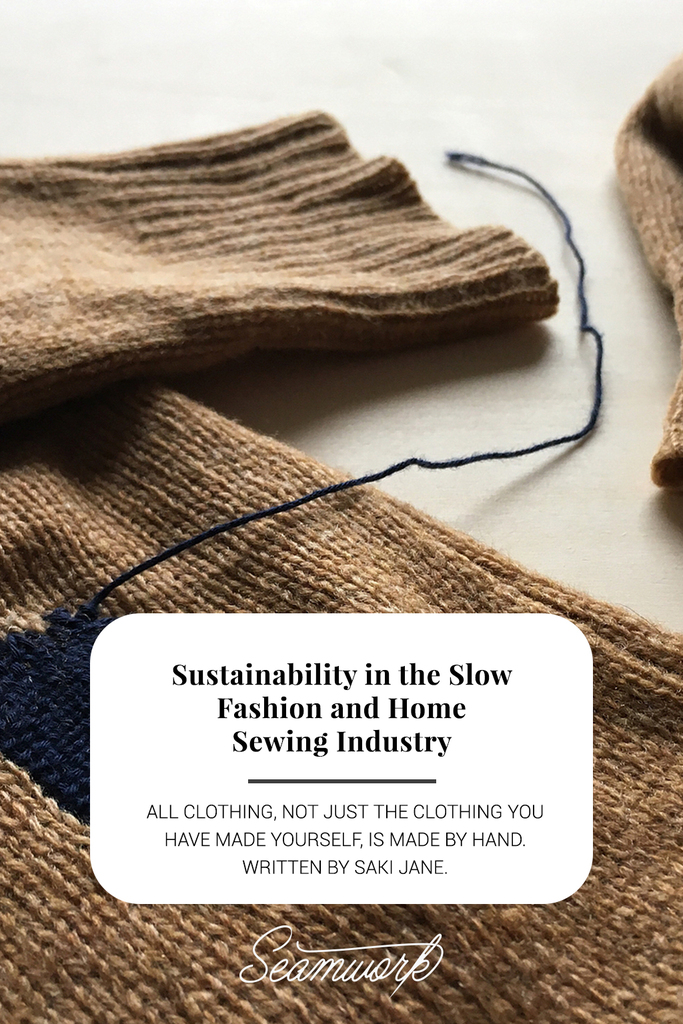I had written the article in my head several times already while riding the train every day—a practice that I'll admit is not as efficient as just sitting down in front of a keyboard—and the article would start with this:
"I had first heard of the 1911 Triangle Shirtwaist Factory Fire when I was in the 5th grade. By that time, I had been sewing as a hobby with my mother for nearly five years."

The Triangle Shirtwaist Factory Fire on March 25, 1911. Via wikipedia.org.
I would go on to talk about how that really hit a nerve with me, even at that young age when the terms Life, Death, and Body Count had no real meaning. But that as a child sewist, albeit one by hobby and not by trade, I felt an instant connection to these garment workers. At 14 years old, the youngest garment workers were years older than me, but I still imagined their small fingers doing the same kind of work my mother often complimented me on, the consistently tiny stitches that only a child could create.
I would not talk about how the fire started—likely an errant cigarette butt in a trash bin with two-months' worth of fabric remnants, but rumored to be arson for fraudulent insurance claims, a practice once held when a collection wasn't doing well enough commercially—and instead I would talk about the reason for the deaths. That the production floors in the factories were often locked from the outside to keep workers at work and to prevent theft, and the foreman who held the stairway door key had already escaped. That the fire started on the 8th floor, spreading to the 9th and 10th, and that the fire escape, which was hastily built only to appease city officials, collapsed under the weight of 20 victims, who fell to their deaths.
I would talk about how the Triangle Shirtwaist Factory Fire made a major impact on workers’ rights and safety in the US. That, with 146 deaths—123 of which were women—it inspired legislation for improved factory safety regulations.
But then I would tell you all about how nearly the same thing occurred on November 24, 2012, in Bangladesh, just over 100 years later, where 117 people were confirmed dead and over 200 injured, in a factory that lacked adequate emergency exits that would have made it possible to escape the building. This would be named the 2012 Dhaka Fire.

The 2013 Rana Plaza collapse, image via https://www.corpgov.net.
And then there was the Rana Plaza collapse in Bangladesh. Cracks were discovered the day before on a garment factory building, and while the other shops that occupied the building closed down for repair and sent their employees home, the garment workers were forced to continue working. On May 13, 2013, the building collapsed, killing 1,134 humans. 1,134.
And just last month, 5 Cambodian garment workers lost their limbs in a work-related truck accident.
But we're not talking about the Triangle Shirtwaist Factory Fire, or the Dhaka Fire, or even the Rana Plaza Collapse right now. Because at this moment, I want to talk about the seemingly innocuous thing that happened when I turned on Grey's Anatomy. A commercial came on.
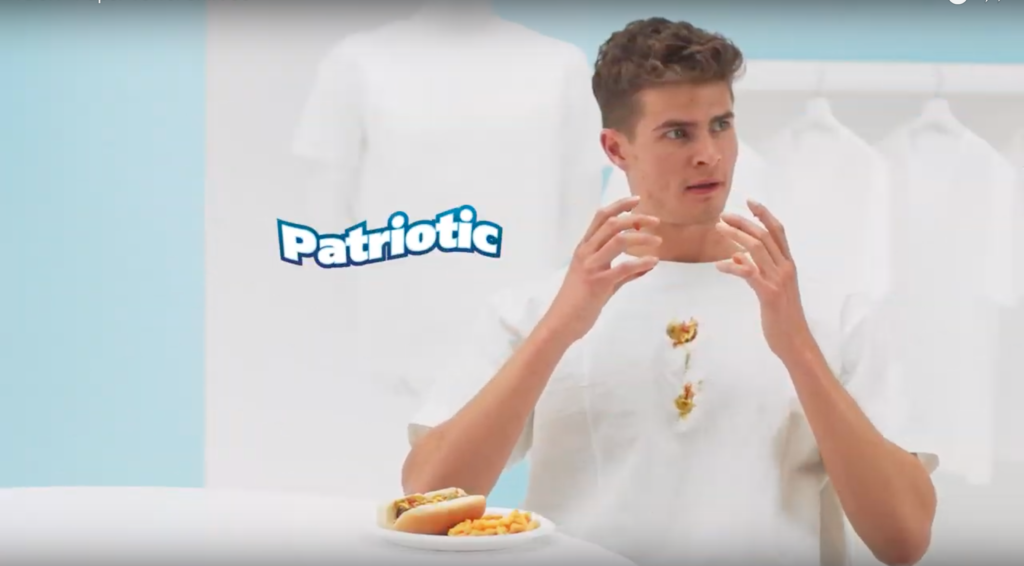
Screenshot of Safeauto Insurance commercial via Youtube.
The first two-thirds of the commercial were for a fictional product called a Paper Towel Shirt. In it were a young man who had spilled food on his shirt and a woman acting as the voice of the commercial. She touted the Paper Towel Shirt as "America's first disposable shirt," telling us to "stop throwing your money away and start throwing your shirt away." She claimed it was “fashion forward, (and) patriotic," and that's when things got a little weird for me.
The spoof commercial ended with a real auto insurance commercial, but the unsettled feeling lingered. Was this really a spoof? Isn't this already how most of America—and the world—treats their clothing? Aren't our shirts already disposable?
When there's a hole in our pants, we don't mend it. When a shirt has lost a button, we throw it out. We try to pretend that donating our broken and unwanted clothing to a secondhand shop is doing the world a favor—We’re clothing the poor! We're giving our clothing a second life!—but the reality is, no one wants our used clothing. With 84% of used clothing ending up in landfills, that's 400 million pounds thrown away annually in New York City alone.
And here we come full circle. When we treat our clothing as disposable, we're treating the lives who create them as disposable, too. Especially when those who are creating them are forced to work in unsafe and frankly life-threatening situations.
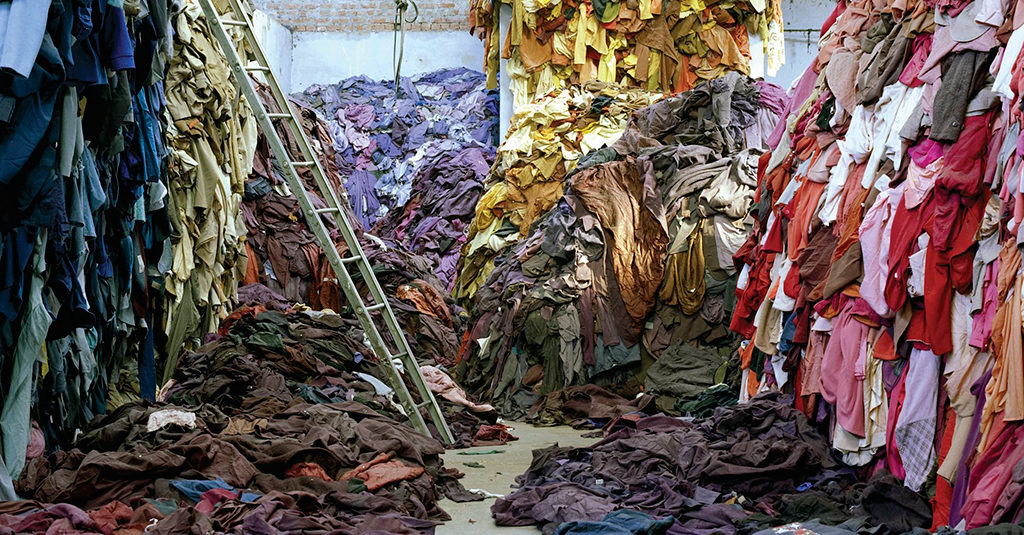 Photograph by Tim Mitchell via https://remake.world.
Photograph by Tim Mitchell via https://remake.world.
What can we do?
Ok, ok. We sew our own clothes, so what does all of this have to do with us? Aren't I just preaching to the choir? We don't partake in fast fashion, we make our own clothes, and we treat them with love. Perhaps this is the reason I let my procrastination run wild, because I knew that regurgitating these facts about catastrophes in fashion would be a practice in repetitiveness. You've heard all of this before, right? Further, it's not my desire to make everyone feel guilty about things we can't entirely control.
But the reality is, almost all of us are guilty of buying into harmful practices, regardless of whether it's something we like to think about.
For example, when we sew with mixed or pure synthetic fabrics (poly-cotton, microfiber, etc.), it becomes difficult to reuse or recycle the cloth, because we haven't yet found the technology to identify and separate the different substrates once they've been mixed together. And when washed in our home washing machines, these fabrics produce small fibers that enter the water stream; up to 1,900 individual fibers can be rinsed off of a single synthetic garment with every wash. In fact, some scientists say that microfibers could be the biggest contributor of pollution to our oceans.
Cotton isn't as innocent as it seems, either. It can take 1,800 gallons of water to grow the cotton needed for a single pair of jeans, and it can take 715 gallons to grow the cotton needed for a single T-shirt. That's not taking into account the water used for dyeing the fabric or aging the denim, and it doesn't account for where the grey water is dumped.
Reduce, Reuse, Recycle. We've all had that phrase pounded into our heads since childhood, but did you know that the word order of that phrase is as important as the phrase itself?
And that rayon we love sewing with? Part of the process of creating rayon involves a chemical, Carbon Disulfide, that can cause reproductive disorders in the men and women who are regularly exposed to it. The chemical is entirely washed out before rayon becomes available as a textile to the public, but the use of the chemical in production remains. And if you think Oekotex rayon is a friendlier bet for those who produce it, think again. The Oekotex standard only refers to the chemicals present when it's made available to the public. You can rest assured that the fabric you sew with won't have any of these lingering chemicals, but it's still likely used in the production process.
So, what can we do? I know firsthand that sometimes hearing these statistics only helps in sinking our hearts and does nothing to empower our spirits. But here are a few thoughts and baby steps that can help us feel like we're moving in the right direction.
-
Make your stash! Last year, Kate from Time to Sew and Pilar started a sewing challenge encouraging us to use what’s in our stash. Using what's already been produced and purchased decreases the demand for new fabrics in our markets. This year, their challenge goes on until the end of May. And if you do, make sure you hashtag #MakeYourStash
-
Shop from secondhand sources. The online and brick-and-mortar shop A Thrifty Notion has put together a list of stores where you can shop for second hand or vintage fabrics or donate those fabrics you no longer want to keep in your stash. You can find vintage notions at their shop too!
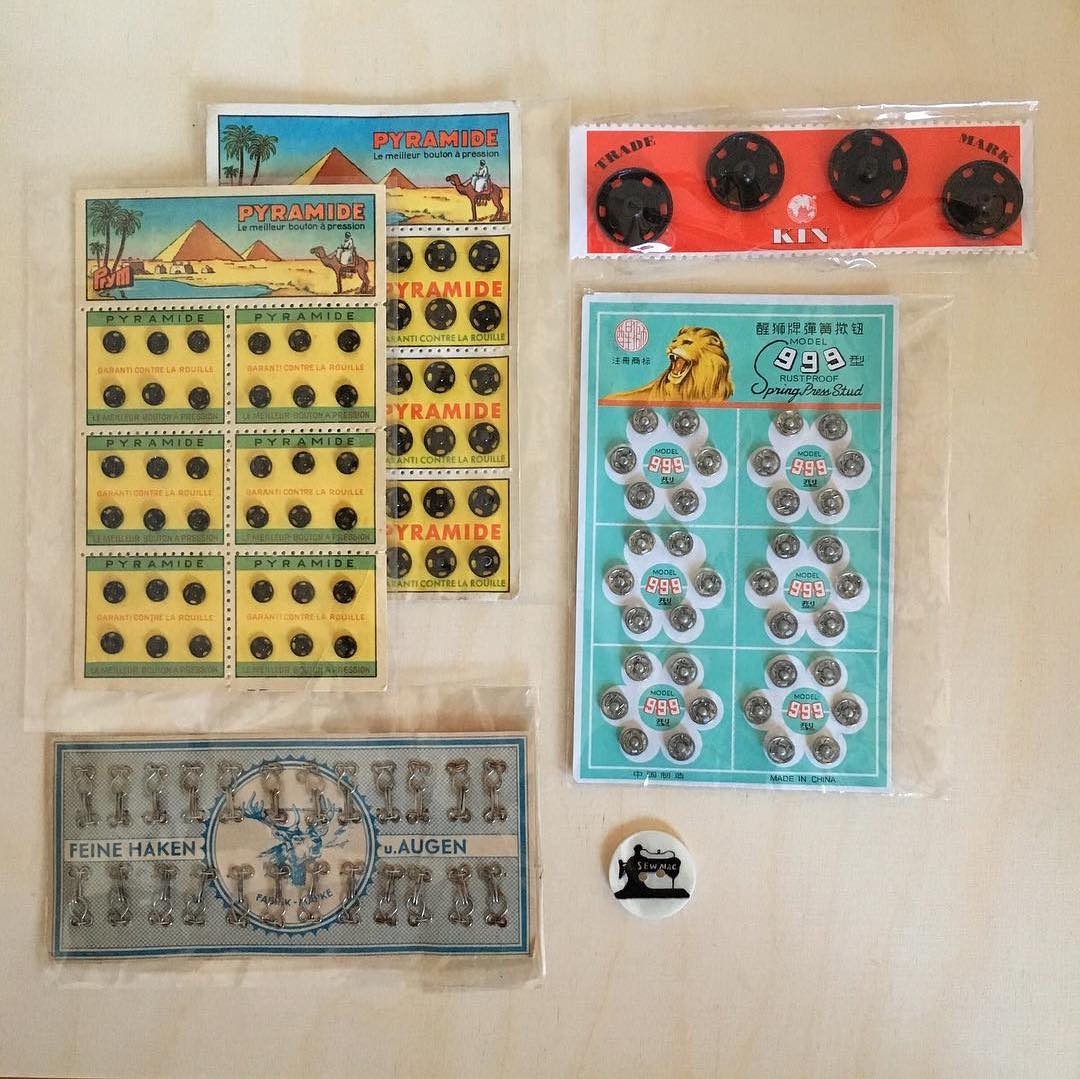
Vintage notions from my own collection.
-
Shop Instagram Fabric Stash sales. Occasionally, various sewing Instagrammers will hold sales on their private accounts for fabrics they no longer want to keep in their stash. Prices and shipping vary based on the seller and fabric type, but it's a wonderful way to find new treasures. And @shopwellfibre regularly sells secondhand cuts of fabric through her Instagram account.
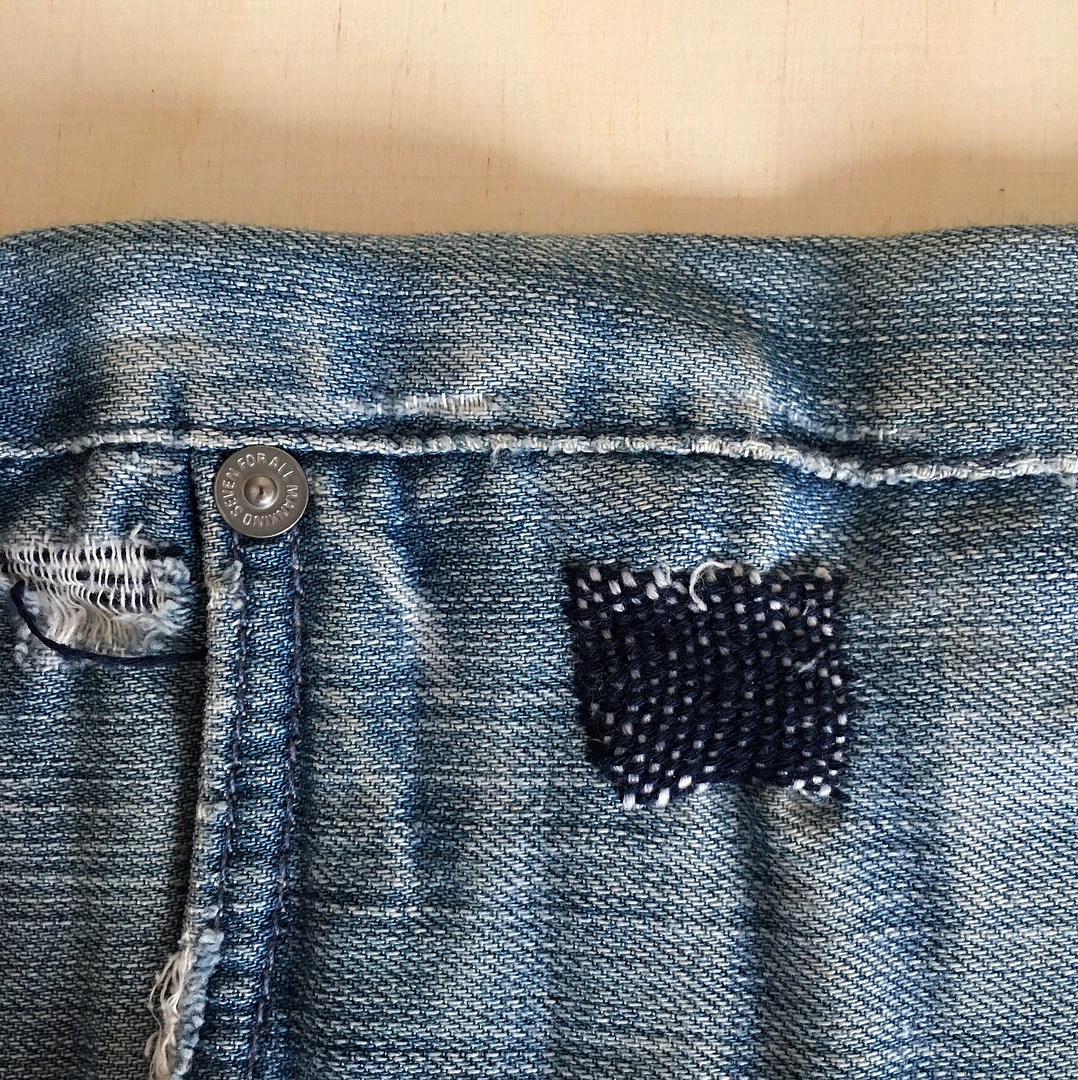
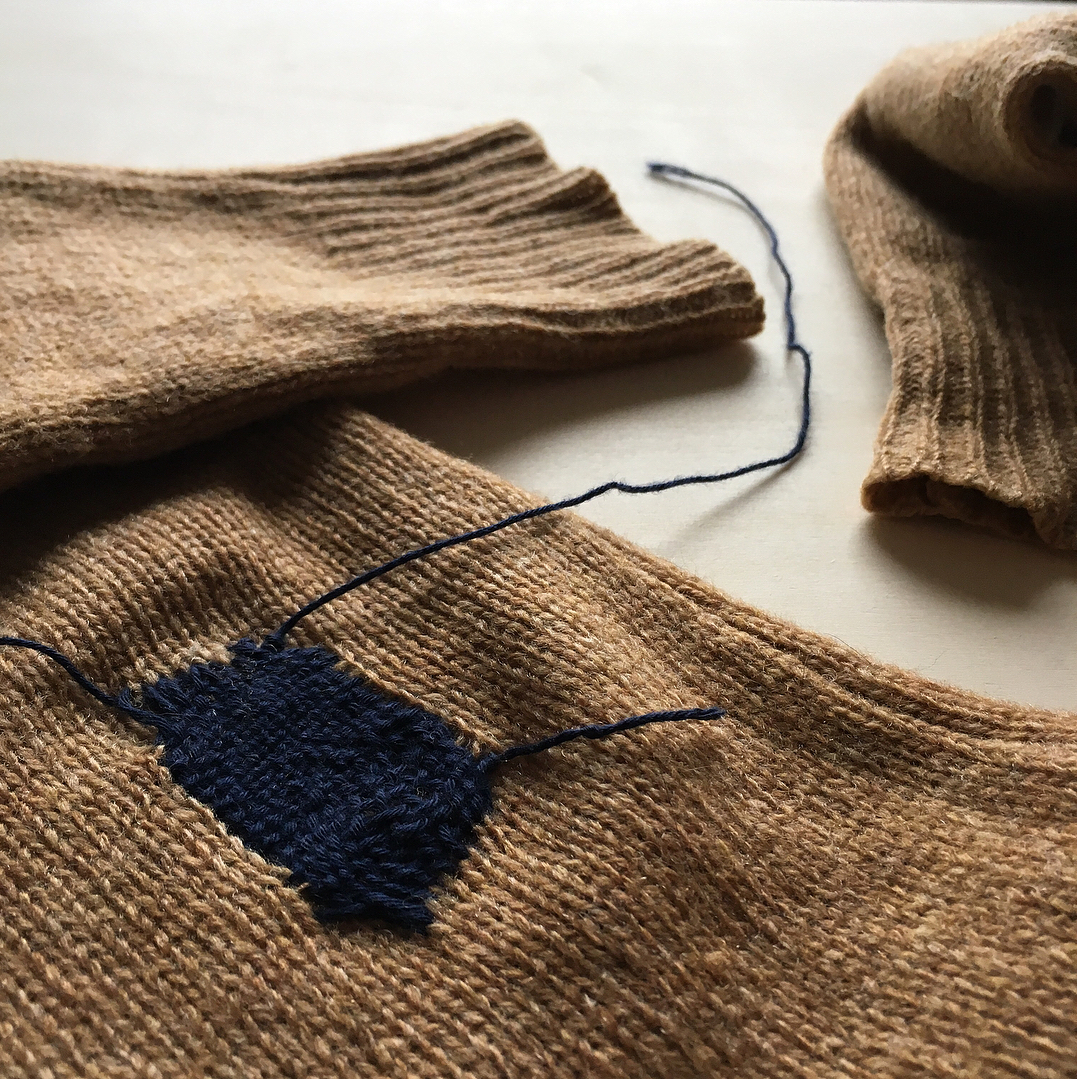
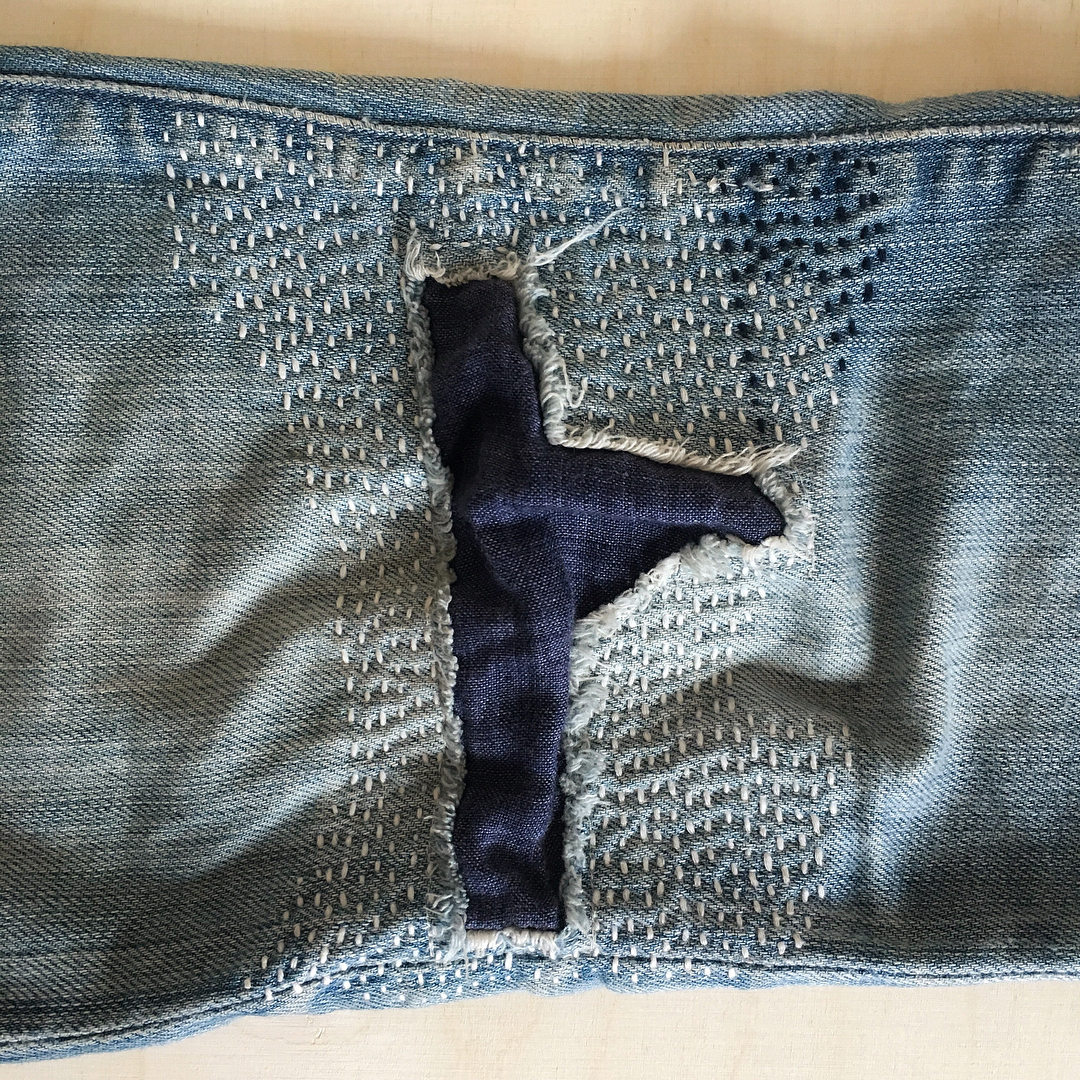
Mend your broken clothing! Our clothes tell the stories of who we are and what we've experienced, and visible mending is a wonderful way to honor your old clothes and memories. So, patch that hole you got in your favorite jeans with the leftover scraps of your favorite fabric. Add some decorative stitching, and call them new.
Harvest notions from unwanted RTW clothing. Considering that most clothing ends up in landfills, you can reduce waste by harvesting zippers, buttons, bra clasps, underwires, and trims off of old clothes and reusing them in your new handmade clothing. Not only does it reduce waste, but you can also add some unique colors and styles to your stash that you normally wouldn't find in fabric stores.
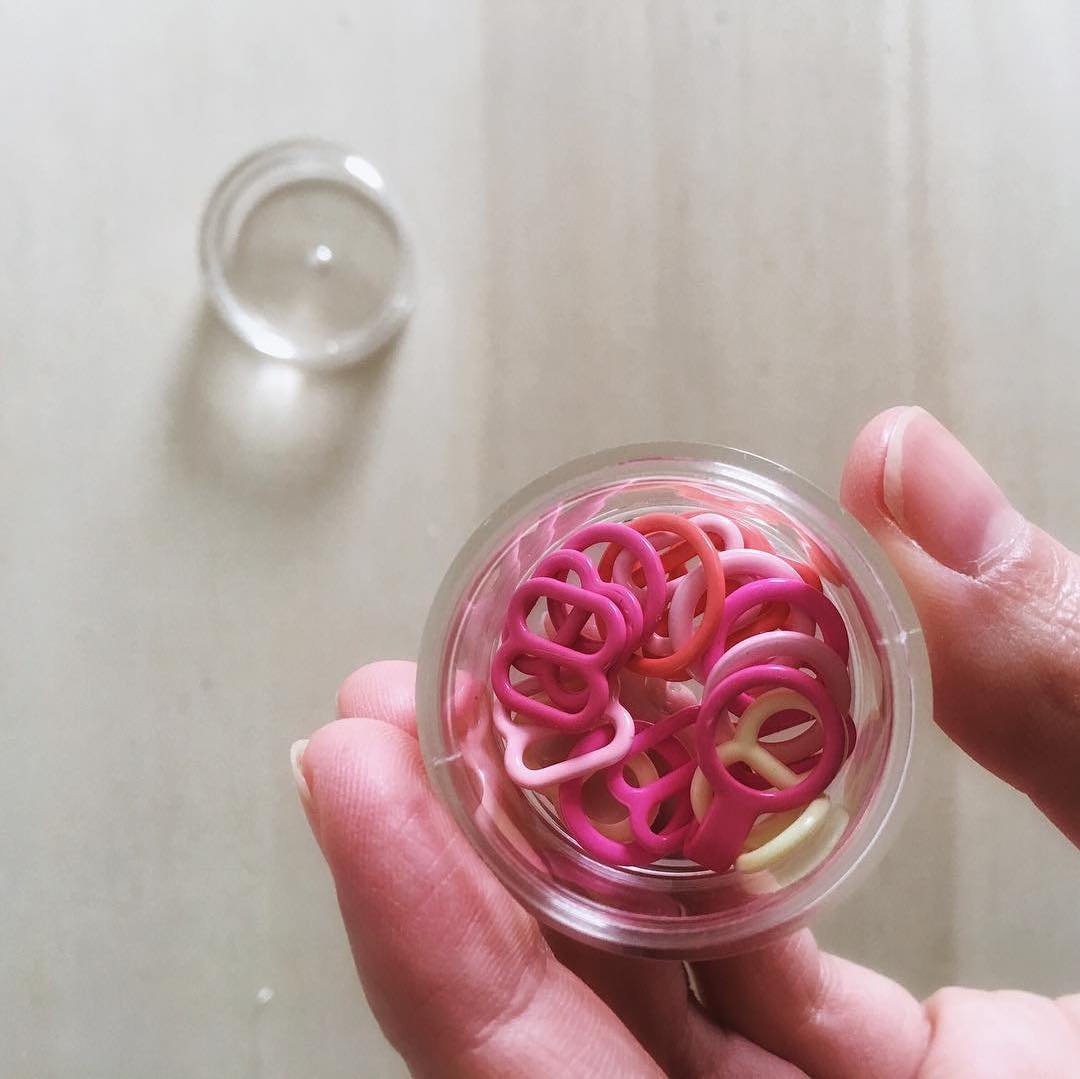
Reconsider your laundry habits. Each wash cycle uses 40 gallons of water, and a drying load uses five times as much energy as a wash cycle. Take care of the clothing you've made by washing them only as needed in a mesh garment bag and air drying. Learning what the needs of each garment and fiber type are helps to elongate the life of your clothes. Also, consider purchasing a microfiber laundry ball or an aftermarket filter for your washing machine to reduce the number of microfibers that get washed into our water systems.
Before tossing your fabric scraps, consider other uses. You can make a rag rug with all of your leftover scraps. What about using scraps to fill a yoga bolster, a pouf, or an ottoman? Or if your fabric is made of natural fibers, toss them into your home compost or worm bin. You may also have textile recycling facilities near you.
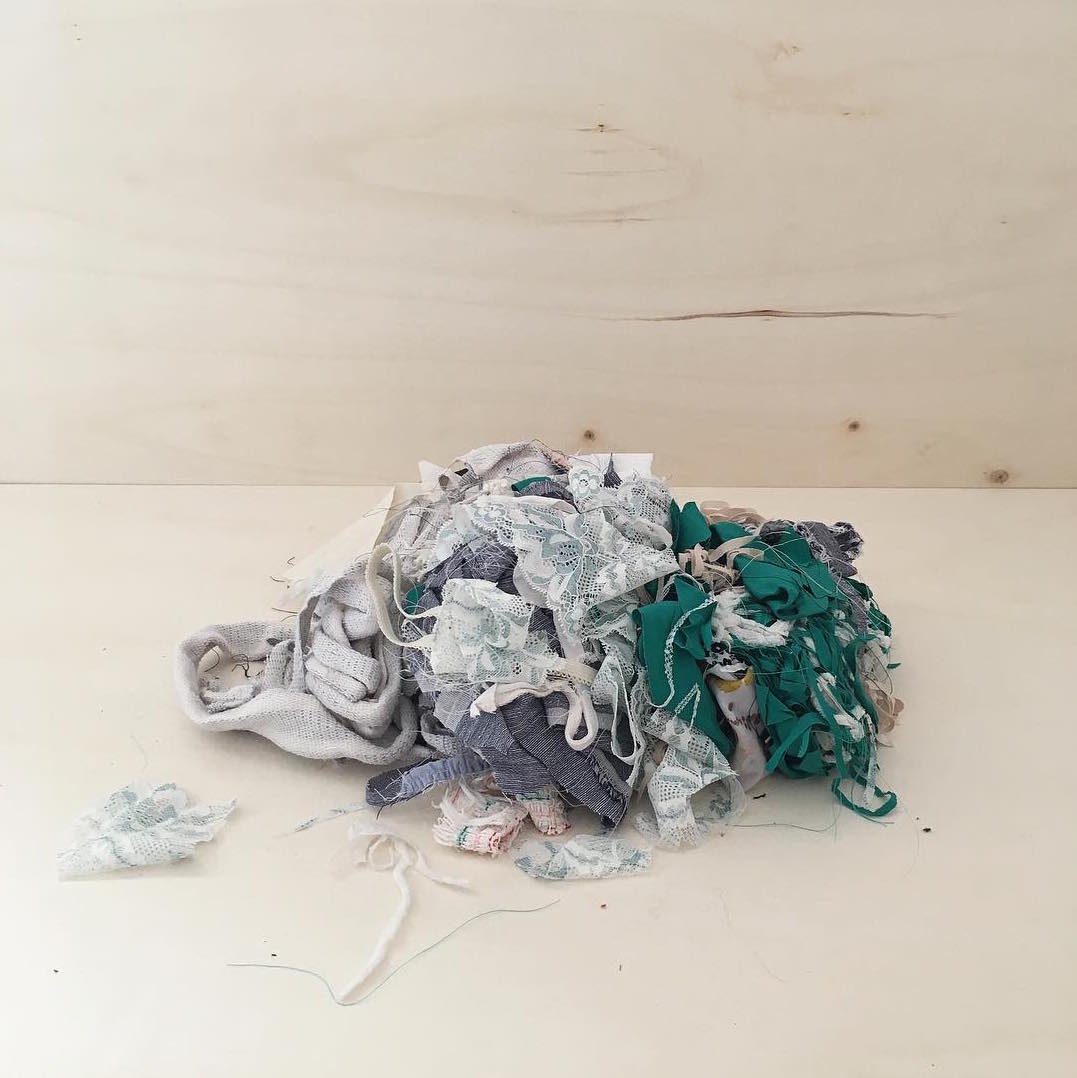
Reduce, Reuse, Recycle. We've all had that phrase pounded into our heads since childhood, but did you know that the word order of that phrase is as important as the phrase itself? When considering ways to be more sustainable in our sewing, we must first find ways to reduce our consumption, like sewing from our own stash. When that's not possible, we reuse resources where we can, like harvesting zippers from an unwanted jacket. And finally, we recycle those items that no longer have value, like taking our fabric scraps to a textile recycling plant.
And, if you must shop for new fabrics and notions, try to shop at independently owned fabric stores. While shopping at independently owned shops does nothing on a small scale to reduce our footprint, by supporting small and local shops, we're supporting our local economy and keeping our dollars out of the hands of the Big Box stores that do not have our best interests as a priority. Don't have any indies near you? Here's a short list of some recommended shops online!
And consider that all clothing, not just the clothing you have made yourself, is made by hand.
